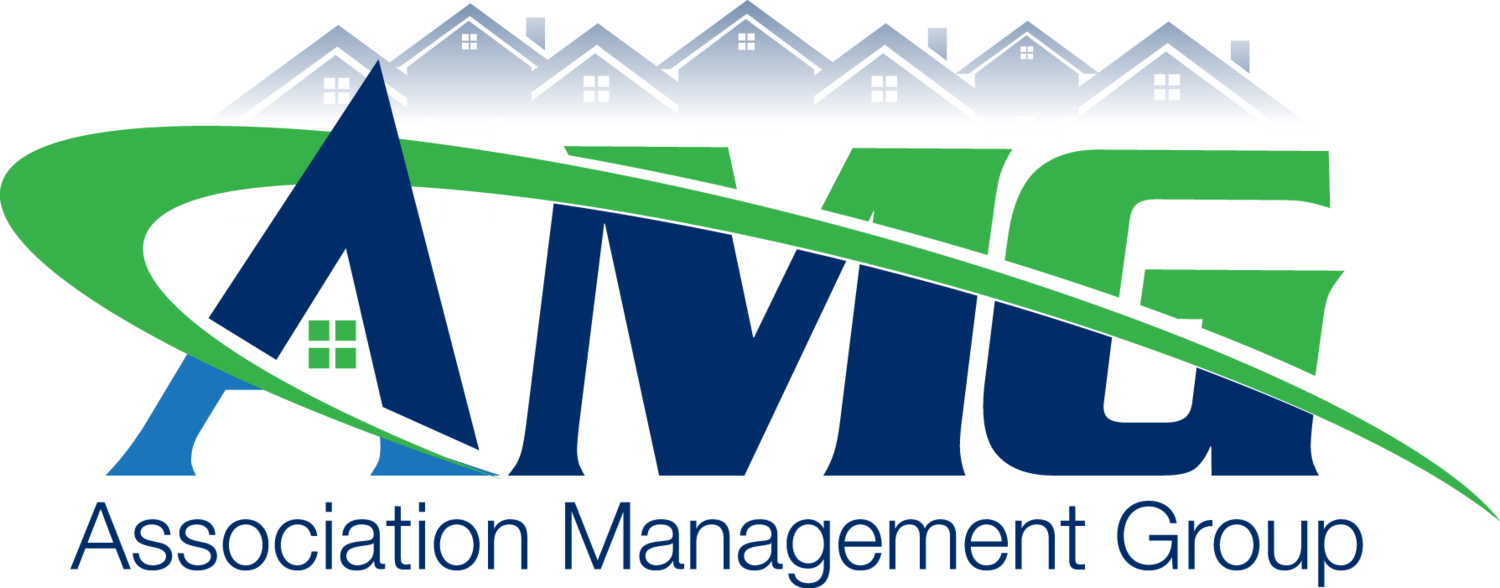Voting by Written Ballot
/This article was originally published on November 8, 2025 by Harmony Taylor for the Law Firm Carolinas Blog.
In North Carolina, written ballots play a critical role in the decision-making processes of homeowner, property and condominium associations. It can be difficult to establish quorum at a meeting, much less to get the higher thresholds needed for votes on amendments to governing documents. Most of the associations we work with use written ballots or written agreements when they wish to conduct important votes on amendments or votes to approve special assessments. This blog addresses the written ballot process; other blogs address the written agreement process.
The vast majority of community associations in North Carolina are nonprofits incorporated under Chapter 55A of the General Statutes, the Nonprofit Corporation Act. NCGS 55A-7-08 states that unless prohibited or limited by the articles of incorporation or bylaws, any action that may be taken at any annual, regular or special meetings of members may be taken without a meeting by written ballots or electronic voting. There are particular nuances to electronic ballot voting and anyone considering using this as a means of voting may wish to review our other blogs on this topic, linked here. However, whether the ballot is distributed physically or electronically, a few basic rules apply.
First, the ballot must be clear and communicate exactly what proposal is being made, and provide the voting party the option to vote for or against the proposition. The ballot should stand on its own, with any proposed new language or item for vote set out on the ballot itself. It is typically not sufficient to reference a previously distributed document or instruct someone to go to another source to review the proposal.
Second, the ballot must state a deadline by which it must be received to be counted. Referencing a “return by” date is not the same thing, as someone may place a ballot in the mail by the stated date, resulting in the ballot’s delivery to the association post the preferred deadline. The statute references a receive by date, and that is what should be referenced on the ballot.
Third, and importantly, ballot deadlines cannot be extended once published. If a deadline comes and goes and an association comes up one or two votes short, it has to start over with a new vote-and everyone who previously voted in favor will have to do so again, or their vote won’t count. It is important that associations choose realistic deadlines when they prepare a ballot. A short window (30 days or less) may be fine for a small community, where most owners are local and responsive, but even then it is best to adhere to and avoid a vote around holidays or other periods when many owners will be traveling and not checking mail. In larger communities, where a door-to-door operation may be needed, or where you have a less responsive membership, deadlines of 60-90 days out are more likely reasonable. There is no legal limit on the duration of the deadline an association can use, however, Boards and their managers should work with their attorneys to carefully weigh the need to balance a reasonable sense of urgency with the actual time it will take to receive enough votes back to matter.
Finally, provide members with as many options as possible for return of the ballot. Electronic ballots are automatically returned to the voting platform. Paper ballots can be returned by mail, but ballots can also be scanned and emailed to the association, and hand delivered to a board member or drop box at a clubhouse or other location and remains a great way to collect ballots.
In summary, best practices for ballots:
Allow reasonable time for return.
Clearly communicate specific items up for a vote.
Send reminders!
Make return convenient, with multiple return options.
If you have questions about ballots, or any other community association voting issue, please reach out to the attorneys at Law Firm Carolinas.
Source: LawFirmCarolinasBlog

































